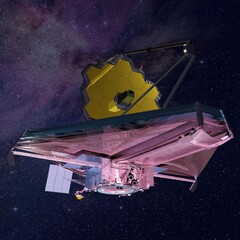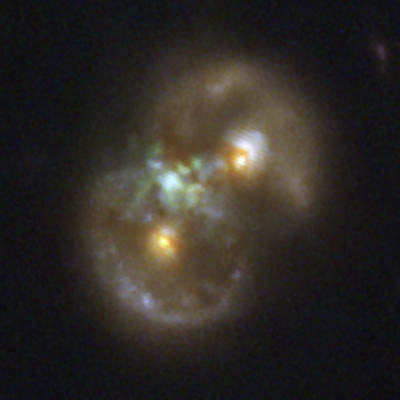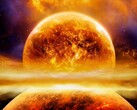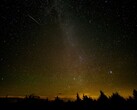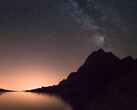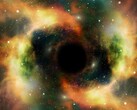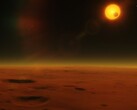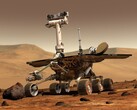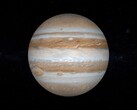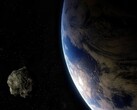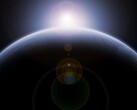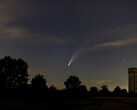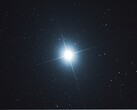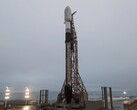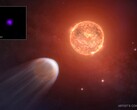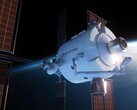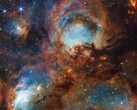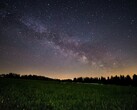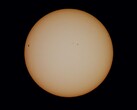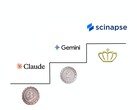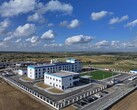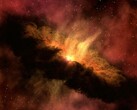Researchers analyzing public data from the James Webb Space Telescope have found a strange object nicknamed the Infinity Galaxy, which appears to be the result of a head-on collision between two galaxies. The team made an even more surprising discovery — an active, supermassive black hole located not in either galaxy’s core, but in the vast expanse of gas between them.
This off-center black hole may be the best evidence yet for the heavy seed theory of black hole formation. This theory proposes that a massive gas cloud can collapse directly into a giant black hole, a process that could explain how the enormous black holes Webb has detected in the early universe grew so big, so fast.
We think we’re witnessing the birth of a supermassive black hole – something that has never been seen before. — Pieter van Dokkum of Yale University, the lead author of a paper on the discovery.
The team used Webb to conduct follow-up observations to test their hypothesis. The new data confirmed that the black hole’s velocity perfectly matches the velocity of the surrounding gas cloud. This key result makes it highly unlikely that the object is a runaway black hole ejected from another galaxy; instead, it strongly suggests it formed right there from the collapsing gas.
Making the discovery even more spectacular, the researchers also confirmed that both of the original galactic nuclei host their own active supermassive black holes, making the Infinity Galaxy a rare system with three such objects. While the team notes they can't definitively claim to have found a direct collapse black hole, they state that the new data strengthens their case while eliminating competing explanations.
Source(s)
IOPscience via NASA




